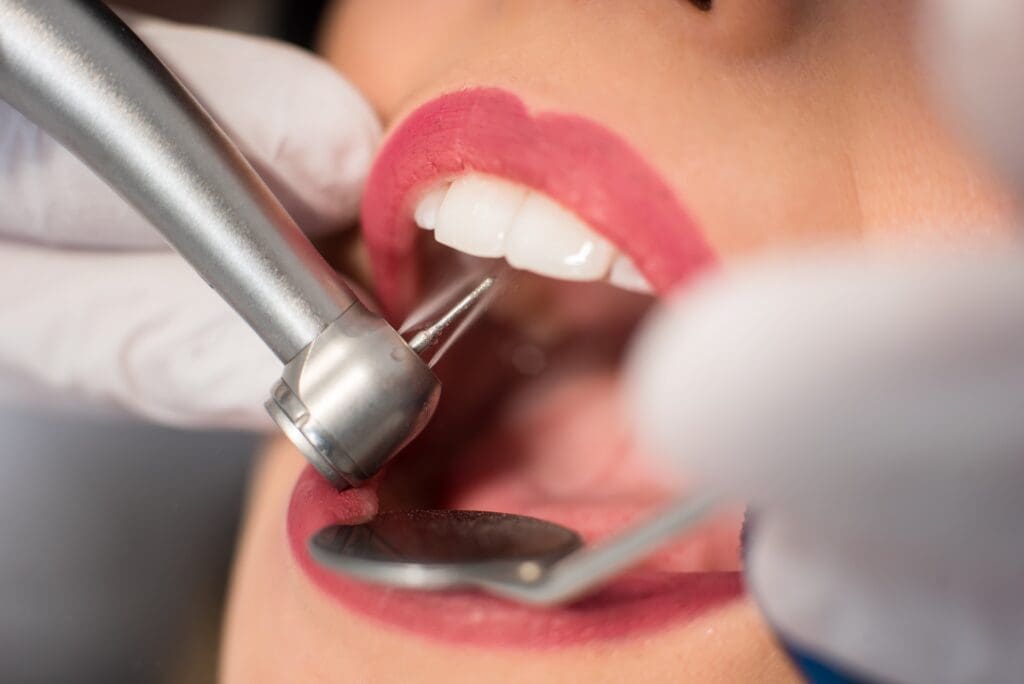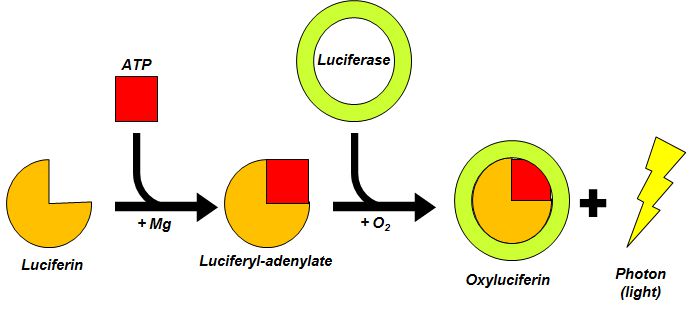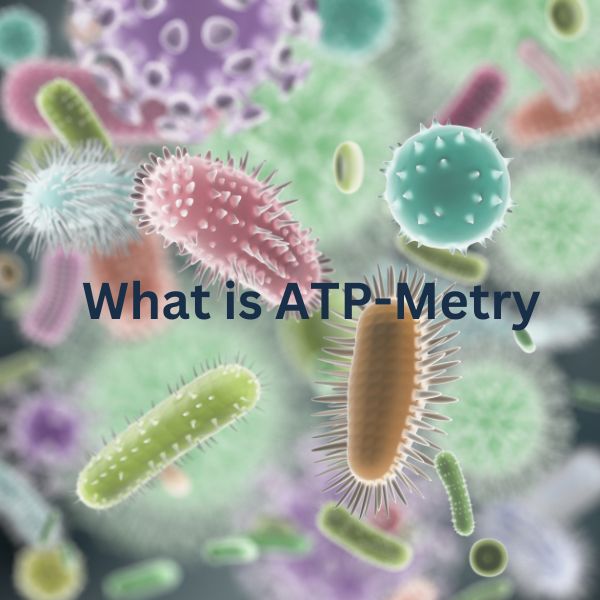Complete chairside / field kit designed to measure the quantity of bacteria in water with immediate results.

Innovative ATP-metry for monitoring water, was developed in France and commercialized world-wide. ATP-metry kits, are the most powerful on the market in terms of sensitivity, reliability, ease of use and rapidity.
Our ATP-metry reagents can be used on dental unit water as well as on, drinking water, cooling water, or domestic hot water for example.
The monitoring indicator should be a rapid, reliable, easy to use and economical technology.
Among the different microbiological indicators, the most common are heterotrophic plate count at 22°C or 36°C, quantitative PCR, qualitative ATP-metry and quantitative ATP-metry.
Quantitative ATP-metry is one of the best indicators for biological monitoring. Using quantitative ATP-metry, you will:
- Monitor the microbial quality of water in real time. Immediately evaluate and validate the water treatment process.
- Identify the microbial shift and the critical points of your circuits by using a sensitive and rapid analytical tool.
- Act quickly in case of a problem. No lengthy incubation periods or waiting on lab results. Take all appropriate measures such as corrective action (shock treatment of water lines) without delay.
- Optimize your cleaning and disinfection processes to improve health risk management.
What is ATP-metry
“ATP-metry is a microbiological technique, that evaluates the overall bacterial load of a water sample in less than 2 minutes.
It is based on the detection of ATP molecules (energy-carrying molecule) which is found only in living cells:
Any trace of ATP proves the existence of living organisms.
Once extracted from bacteria, the ATP reacts with our reagents, in particular with the luciferase enzyme which comes from the firefly’s tail. The amount of light emitted is proportional to the quantity of microorganisms. It is measured by a luminometer.
ATP extracted from bacteria + Enzyme reagents —> Bioluminescence reaction —> Light emission (photons) measured by a luminometer.
Each measurement becomes quantitative because of the addition of a standard which takes into account environmental factors (temperature, pH, inhibitors…).
1 pg of ATP ≈ 1 000 bacteria
This easy and reliable on-site analysis is a great decision support tool. It allows you to validate disinfections on-site, to look for critical points, to handle crisis situations…


ATP, in the presence of a luciferin/luciferase complex and a catalyst, releases energy in the form of light. By measuring the amount of light emitted using a luminometer; we deduce the quantity of ATP. The ATP-metry measurement method is a field test whose result is obtained in few minutes.
Monitoring of the water supply network:
- Quickly identify a degradation of the water quality.
- Detect critical points.
- Anticipate microbiological shifts by defining warning thresholds.
- Flush lines and shock treat systems.
- Validate the cleaning and disinfection procedure immediately after maintenance operation.
quantification of total flora in water - 2 Min Analysis





2 MIN Reagent kit
1 x dropper bottle extractant
1 x dropper bottle standard 1000**
12 x lypholised enzyme – substrate
Water Accessories Kit
12 x sterile 60ml sample collection jar
12 x sterile 50ml (or 60ml) luer lock syringe
12 x filters, 0.45μm pore size
Lumitester Smart
1 x luminometer
1 x tube holder
Web App
Software Results
water volume, 1st and 2nd readings entered into software to calculate results of the test
**Bottle of STANDARD 1000 requires cold storage (refrigeration) between 2°C and 8°C. Bring to room temperature before use.
Water lines are run for 30 seconds prior to collecting a sample for analysis. Once the lines have been purged a 50ml sample of water is taken and put through the syringe with the filter attached. The EXTRACTANT is drawn back up the filter and then the sample is pressed back through and added to a microtube of lypholised enzyme. The microtube is attached to the tube holder and placed in the luminometer to obtain the first reading (R1). The reading will be expressed as RLU’s (Relative Light Units). The tube holder is removed from the luminometer and the microtube is detached to place a drop of STANDARD 1000. The microtube is reattached to the tube holder and placed in the luminometer for the second reading (R2).
